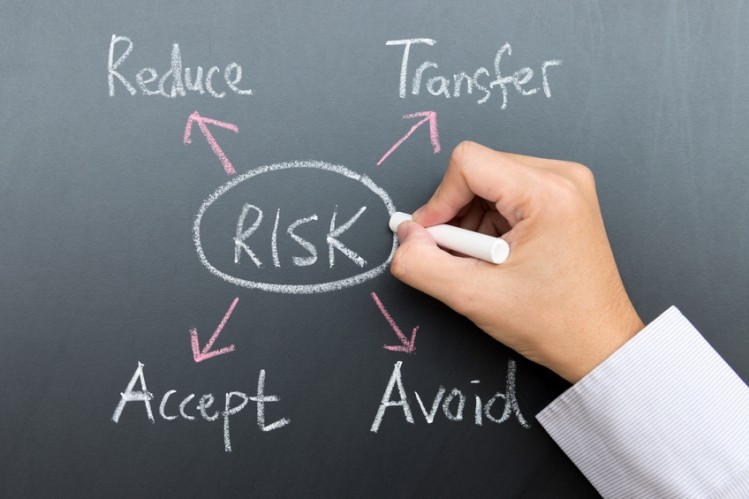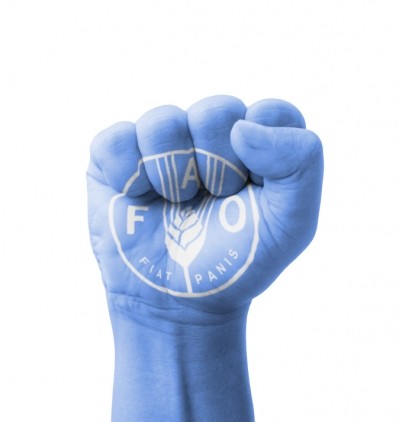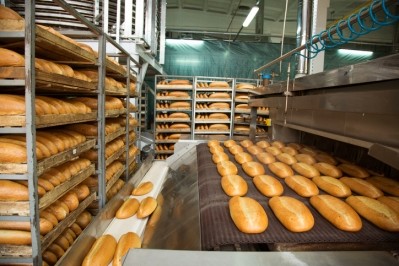Special Edition: Existing and emerging feed risks
Experts identify data gap preventing 'full risk assessment' of by-products and former foodstuffs used in feed

Dr Sabine Kruse, who is responsible for legislation relating to feed safety and animal nutrition in the German Federal Ministry of Food and Agriculture (BMEL), said the feed sector requires more information about the production processes involved in the generation of by-products and former foodstuffs.
“There is a lack of data available to the feed sector on such feed sources for it to make a full risk assessment. Our experience shows the food sector is often not aware of this ‘function’ as a feed producer and does not take this into account the specific risks for animal and consumer health,” she told us.
Kruse highlighted potential risks in a presentation on the outcome of the 2015 Joint WHO/FAO expert meeting on hazards in feed at the International Feed Conference in Geel in October, organised by the Joint Research Centre of the European Commission (JRC-IRMM), the Walloon Agricultural Research Centre (CRA-W) and the RIKILT Wageningen UR.
There has been a worldwide increase in the recycling and reuse of former food and food processing by-products in the feed chain, which, if not well managed can lead to a greater potential risk of emerging hazards in animal feed, concluded the authors of the FAO report.
“Given the diversity of inputs, the range of hazards relevant to feed from these sources could be very broad ranging from heavy metals, pesticides, dioxins and polychlorinated dibenzo-furans, mycotoxins, and residual processing aids, packaging materials, particularly from former food products, and microbial hazards, which can increase particularly in high moisture former food,” they argued.
That WHO/FAO meeting concluded there was a need for increased dialogue between food and feed regulators and industries on the importance of the feed to food continuum and how to limit the diversion of contaminated food products to feed.
Kruse said the feed sector uses former foodstuffs such as bread, chocolate, convenience food and others.
Concentrated substances
It also uses many by-products resulting from the production of food including bran from grain, soymeal, citrus pulp, corn gluten feed, and hundreds of other ingredients: “Undesirable substances such as pesticides may be concentrated in these ‘fractions’. The food sector also uses processing aids that may remain and concentrate in the feed ingredients. And there may be residues from the cleaning processes involved in food production plants. Furthermore, the heating processes used in food production could also cause acrylamide formation in by-products targeted at feed,” said Kruse.
The food industry, she said, should extend quality control measures in food processing plants to identify hazards in by-products or former foodstuffs when they will be recycled into feed.
Kruse, who is responsible for legislation relating to feed safety and animal nutrition in Germany, also stressed the feed industry should know more about the expectations of the food sector on the use of certain additives or genetically modified organisms in feed.
She said the feed industry needs to provide information and data on processing aids used during food manufacture in order to identify any hazards that may be transferred to feed through the use of such aids.
“But feed to food sector communication is challenging as the food sector is so broad,” said Kruse.
However, the annual meeting of international feed regulators at IPPE in Atlanta at the end of January 2017 will review next steps in terms of how to get a discussion between the two industries underway, she said.







